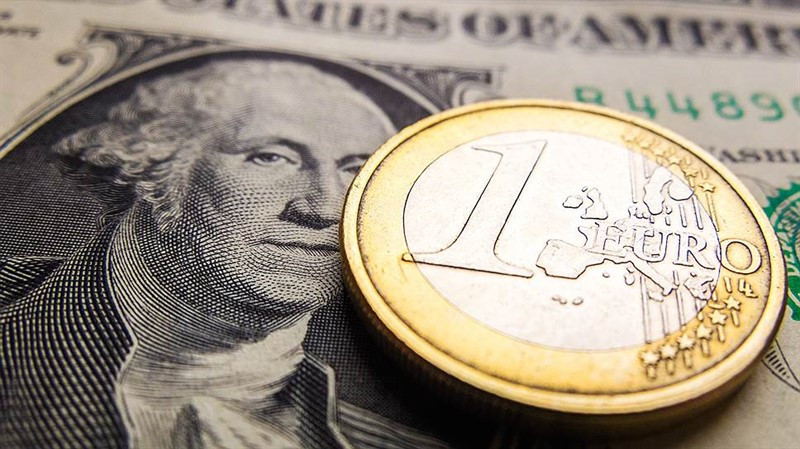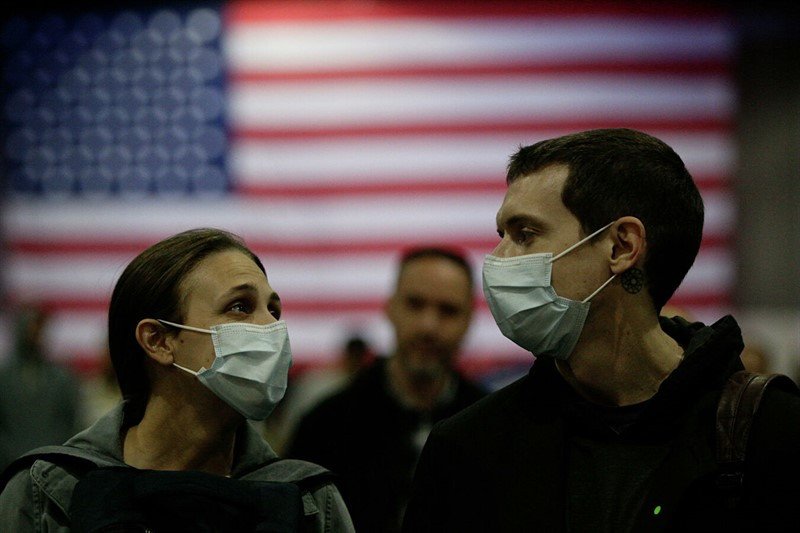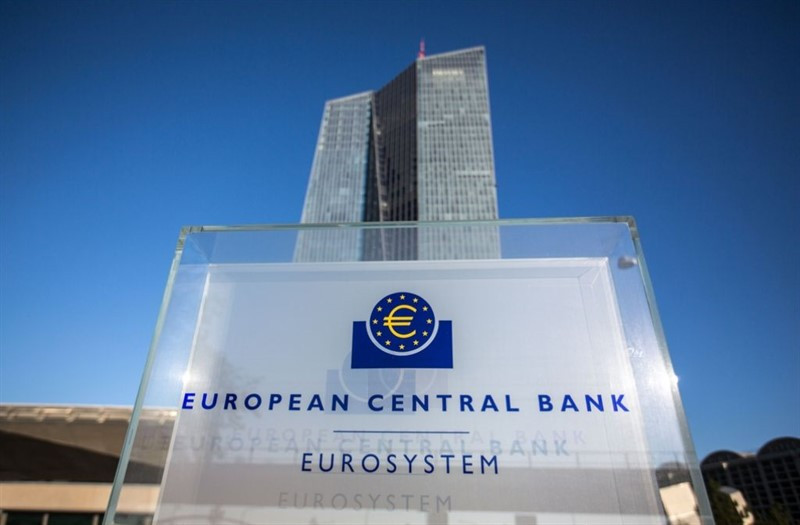
The US dollar fell against most major currencies on Friday. However, it launched a counteroffensive against its main competitors on Monday amid a record increase in COVID-19 cases in the Eurozone, as well as a lack of progress in negotiations on new measures to support the American economy.
Corrective dynamics also contributes to the strengthening of the dollar. The USD index rose 0.2%, rising above 93 points, after a decline of almost 1% last week.
Europe continues to signal an acceleration in the rate of increase in the incidence of coronavirus, which threatens to slow down economic activity in the region and puts pressure on the euro.
According to the daily record in France, the number of new cases of COVID-19 in the country has exceeded 50,000 on Sunday.
Meanwhile, Italy introduced a partial lockdown until November 24. And Spain has declared an emergency regime and a nationwide curfew.
Similar news from the US increases the demand for a safe greenback. The daily number of cases in the country jumped to more than 80,000.
At the same time, state authorities are trying to avoid full-scale quarantine, limiting themselves to local restrictions.

Lingering doubts about a new stimulus package in the US are also forcing traders to ditch risky assets in favor of the USD as a safe haven.
Last weekend, House Speaker Nancy Pelosi said the House could pass a new stimulus package of around $2 trillion this week, but it's unclear if the Senate is ready to approve it.
Meanwhile, White House Chief of Staff Mike Meadows accused Pelosi of constantly changing the rules of the game.
"We continue to make one proposal after another, and Nancy Pelosi continues to change the rules of the game," Meadows said.
The persistence of significant disagreements between the parties suggests that the adoption of the next stimulus package before the US presidential election is unlikely.
There is less time before the November 3 elections. While Democratic candidate Joe Biden continues to lead, investors have been slowly ditching the dollar. Unexpectedly for many, Donald Trump deserves the victory in the 2016 elections, and this story may well repeat itself.

Investors' attention will be on the ECB this week after hints from its representatives that they see a growing need for further action.
In addition, data on the US and Eurozone GDP for the third quarter will be released.
The US economy is estimated to expand by 31.9% in July-September. The European economy is also expected to show recovery after falling 11.8% in the second quarter.
"As for the ECB, we expect a strong message from its head Christine Lagarde and many hints about further quantitative easing in December," strategists at ING said.
They predict that in the third quarter, the eurozone's GDP will increase by 9.5% compared to the previous quarter, but this could be the peak, as quarantine restrictions in the EU expand every day.
"All this means that the EUR / USD pair will continue to trade in the 1.1700-1.1900 range instead of rising above 1.20," said ING.
"Probably, the main currency pair will remain in the range for now ahead of such important events like the October meeting of the ECB and the US presidential elections. The pullback from the 1.1880 level has strengthened us in this opinion. Support at 1.1750-1.1760 could be a potential magnet for bears," TD Securities said.
In the conditions of the second wave of COVID-19, Europe risks facing pressure on the economy and prices. Deflation in the region has already reared its head in September, and this may force the ECB to increase the volume of the stimulus.
In this regard, the downside seems to be the path of least resistance for EUR / USD, as the Fed does not feel the same pressure to immediately introduce new stimulus measures.
 English
English 
 Русский
Русский Bahasa Indonesia
Bahasa Indonesia Bahasa Malay
Bahasa Malay ไทย
ไทย Español
Español Deutsch
Deutsch Български
Български Français
Français Tiếng Việt
Tiếng Việt 中文
中文 বাংলা
বাংলা हिन्दी
हिन्दी Čeština
Čeština Українська
Українська Română
Română

